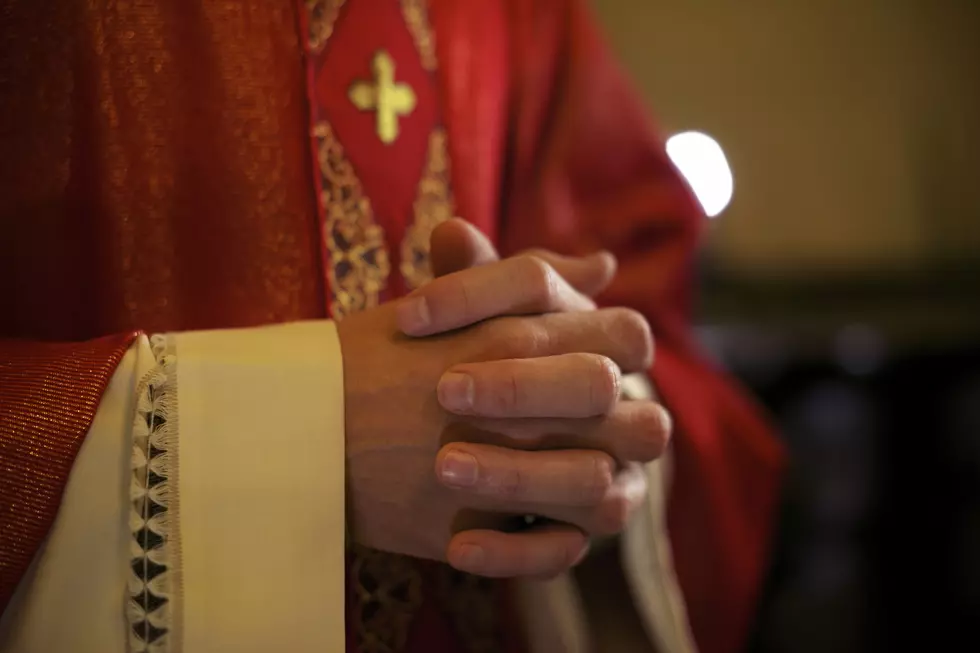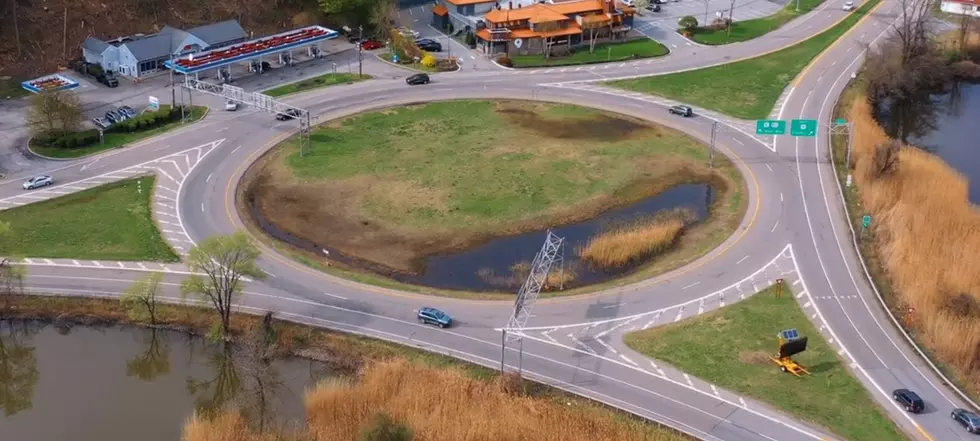
1,000 Roadside Markers Are Our Windows to the Hudson Valley’s Past
My sister KatiLyn, always has a list of historical places that she wants to check out when she visits from Colorado! So this time, she came home with a new plan: to visit all of the New York State historical markers. I’m sure many of you, like us, have driven by those blue and yellow plaques your entire lives but have never stopped to read them, right? There are over 2,800 markers in the state and almost 1,000 of those are in the Hudson Valley! I’m thinking that by the time we retire, we (hopefully) will have gotten through at least the Hudson Valley ones.
Check this out, in 1923, the New York Historical Association began brainstorming ideas for the 150th Anniversary of the American Revolution celebration. Planning took place in 1924 and 1925 for the 1926 commemoration of the sesquicentennial, which included the installation of markers to designate sites of historical significance in the “colonial, revolutionary or state formative period”. Most of the historic markers that you see along highways today were constructed between 1926 and 1936. Funding ceased, and it wasn’t until 1960 that the responsibility of the State Education Department for the erecting and maintenance of the markers was officially reestablished.
My sister and I were realized that many of these markers are hard to safely read and wonder why the issue was never addressed in the 1960 legislation. By 1960, it was considered inappropriate to construct small roadside markers on high-speed, well trafficked roadways. However, the bill was simply to recognize that this was the beginning of the first real state historic marker program and that the 1926 to 1939 program was just a temporary, commemorative project. Even a small pull-off with room for just one car would make it so much easier to view the markers. We’ve done a lot of slow drive-bys with hopes of capturing a clear enough picture to read with my sister demanding several retakes, of course.
The program was discontinued in 1966, so unlike many states, New York does not currently manage it’s historical marker program. Instead, local authorities are responsible for the approval, installation, and maintenance of the markers. If you are interested in placing or repairing a marker, check with your county, city, town, or village historians or officials. The private William G. Pomeroy Foundation (http://www.wgpfoundation.org) helps secure funding support for markers.
The Association of Public Historians of New York State has created a list of historical markers of New York that available for a downloadable PDF (http://www.aphnys.org/historical-markers-resources). The list categorizes the markers by county. Here is the Hudson Valley region marker count.
Putnam: 33, Rockland: 37, Westchester: 56 (Lower Hudson), Dutchess: 103, Orange: 132, Sullivan: 41, Ulster: 152 (Mid-Hudson), Albany: 160, Columbia: 145, Green: 43, Rensselaer: 36 (Upper Hudson)
My sister and I have visited 26 markers as of yesterday, and have already learned so much! ( Who would have thought I would even care). My favorite is the Mastodon dig of 1801 (the marker says 1800) that took place in our hometown of Montgomery, how wild! Mastodon bones were dug up in the village to make the first complete mastodon ever. It’s crazy to think that these distant relatives of elephants once roamed this area. Since this dig, 38 full or partial mastodon skeletons have been found in Orange County!
Taking the time to stop, read, and research the information that is on these plaques has already proven to be so worth the time and effort. It makes me love and appreciate where I live even more than I already do, and I can’t wait for July when my sister visits again!
Have you checked out any Hudson Valley markers? If so, which ones? Leave a comment below!
More From Hudson Valley Post









